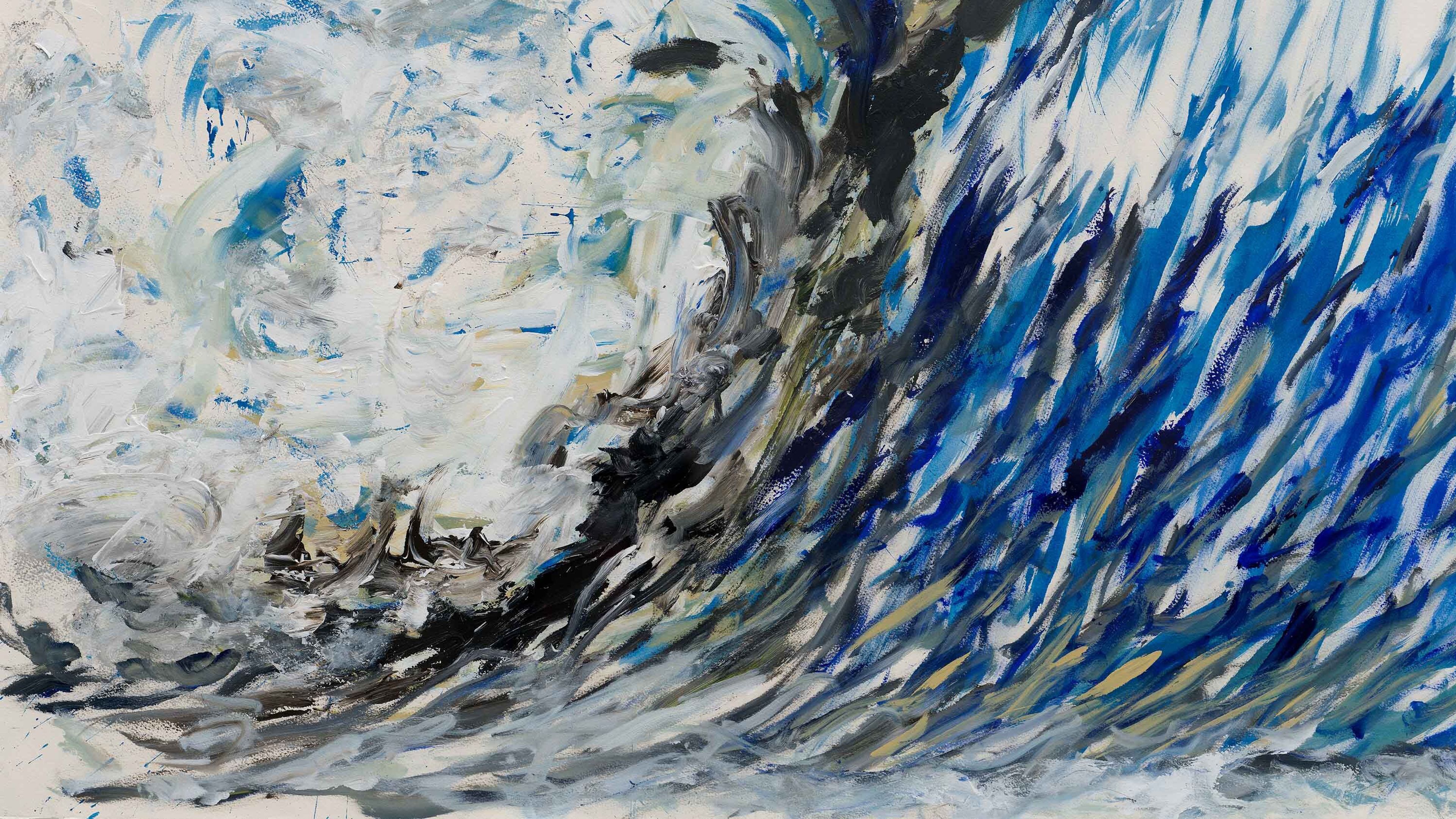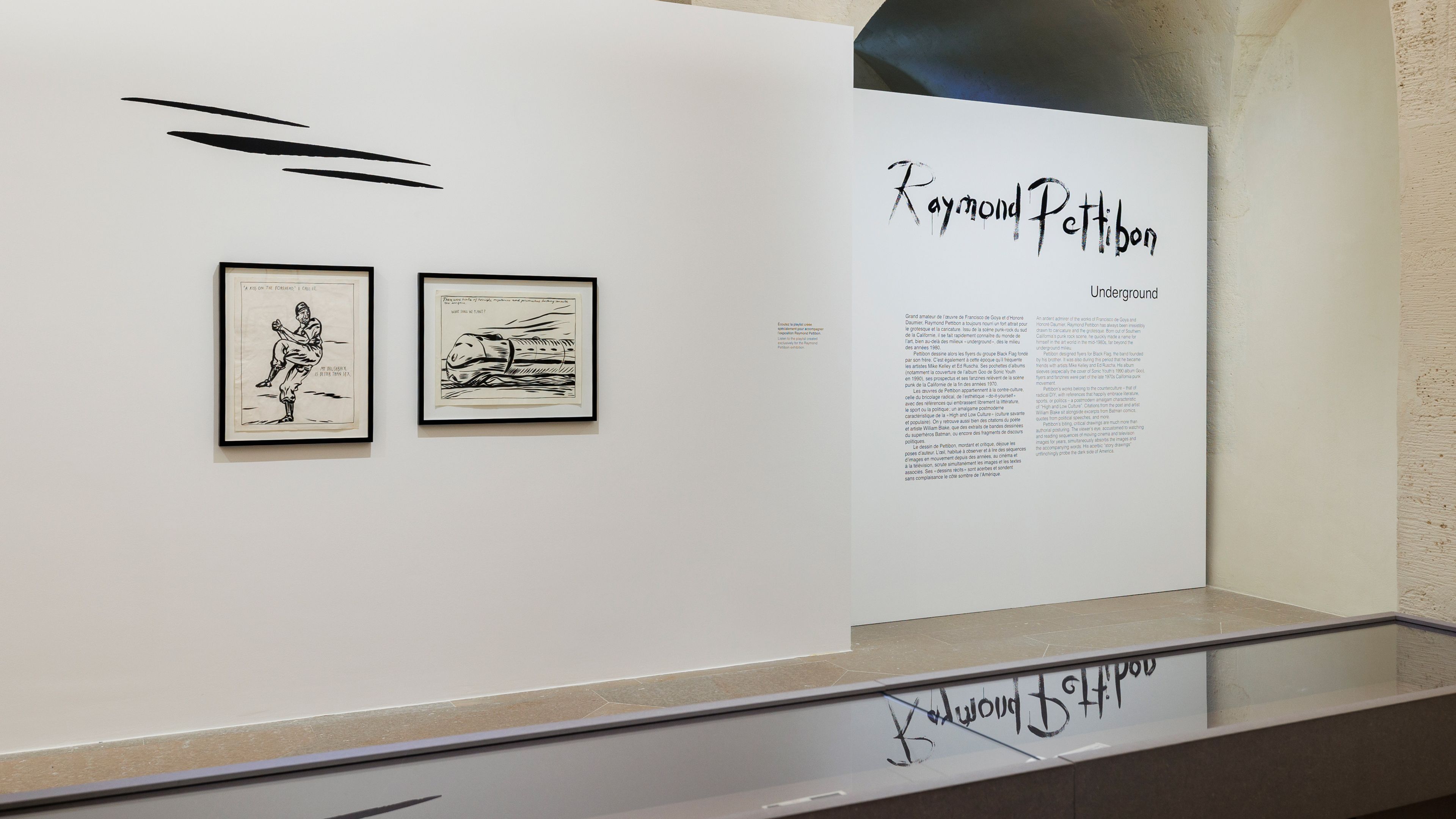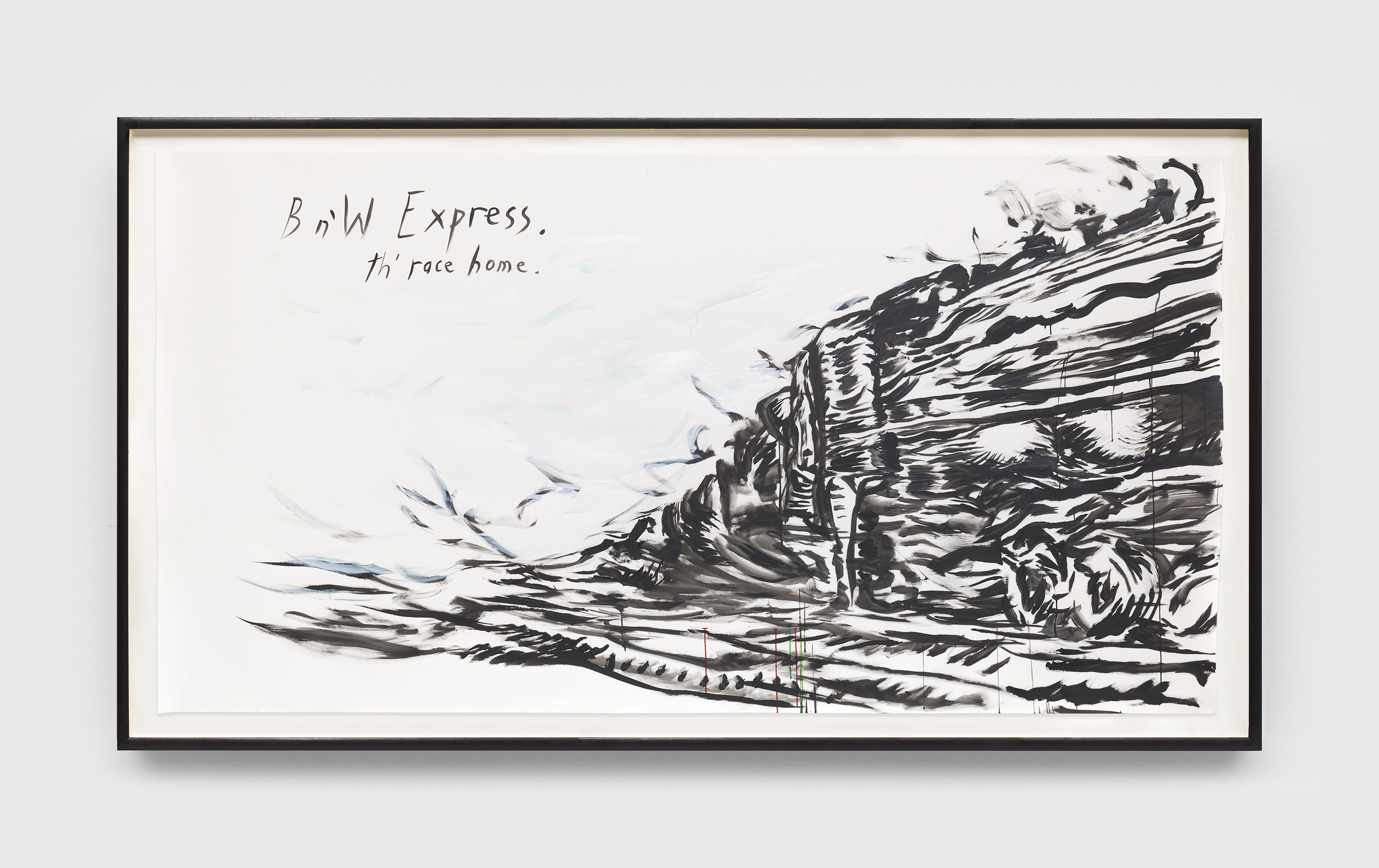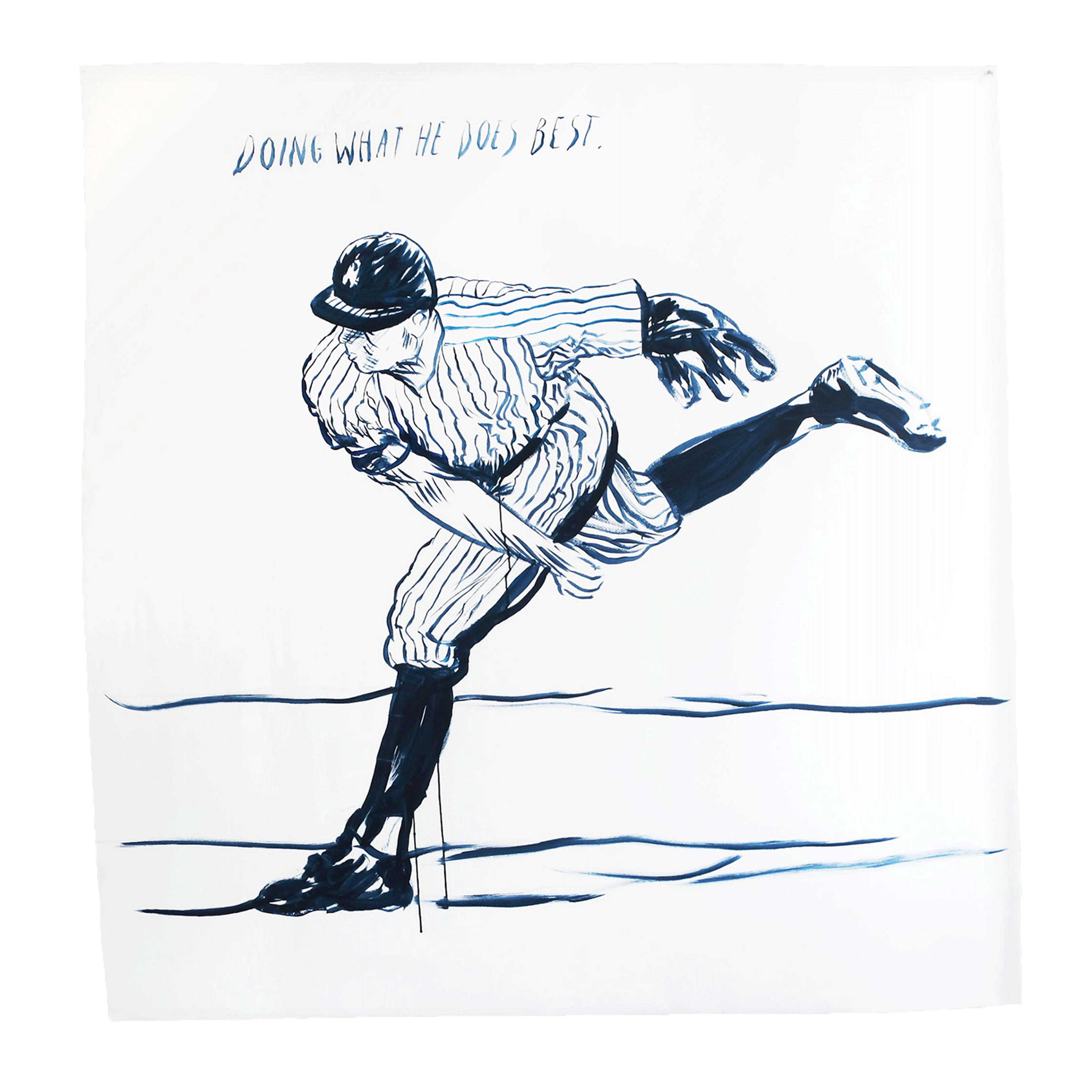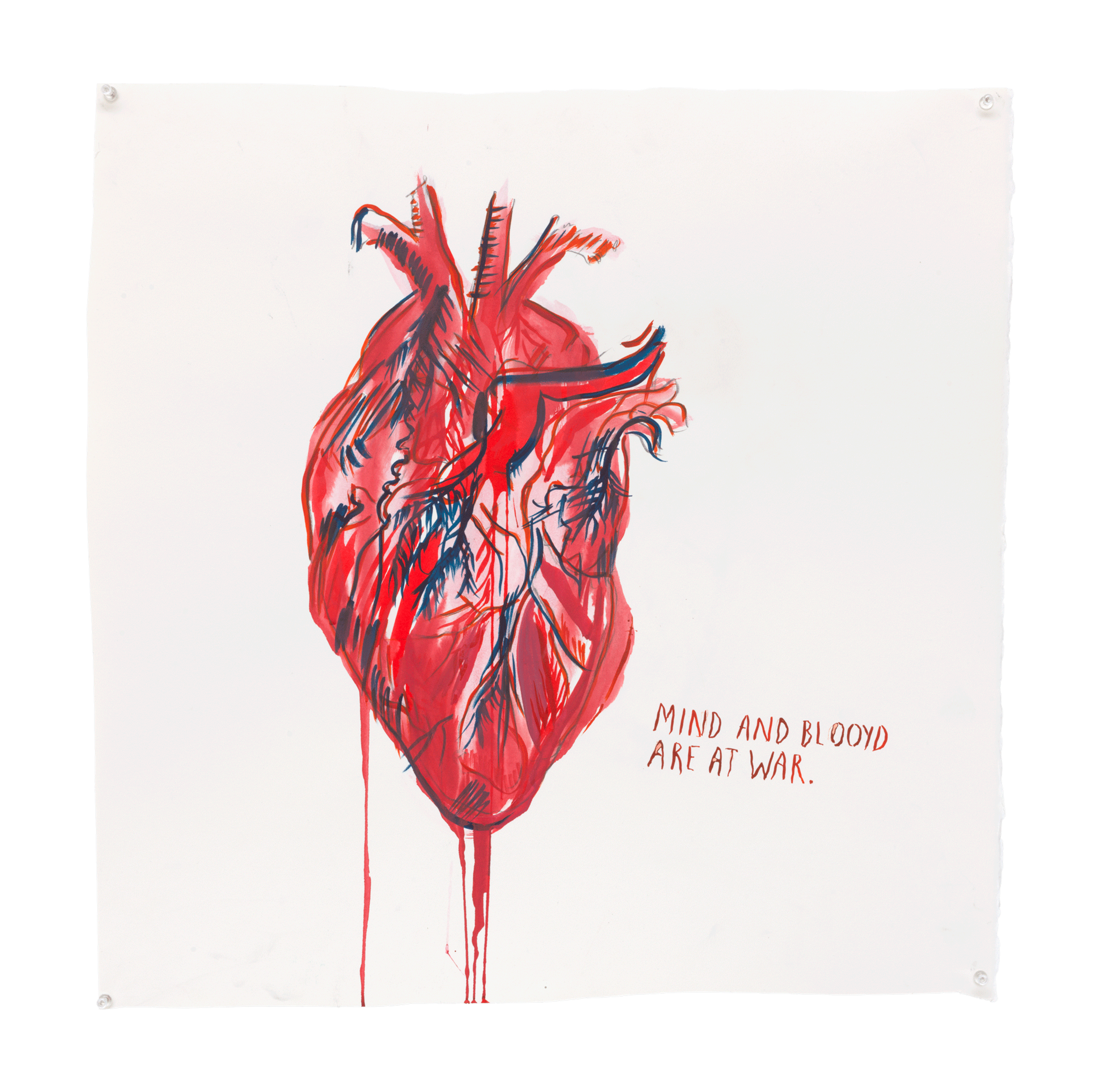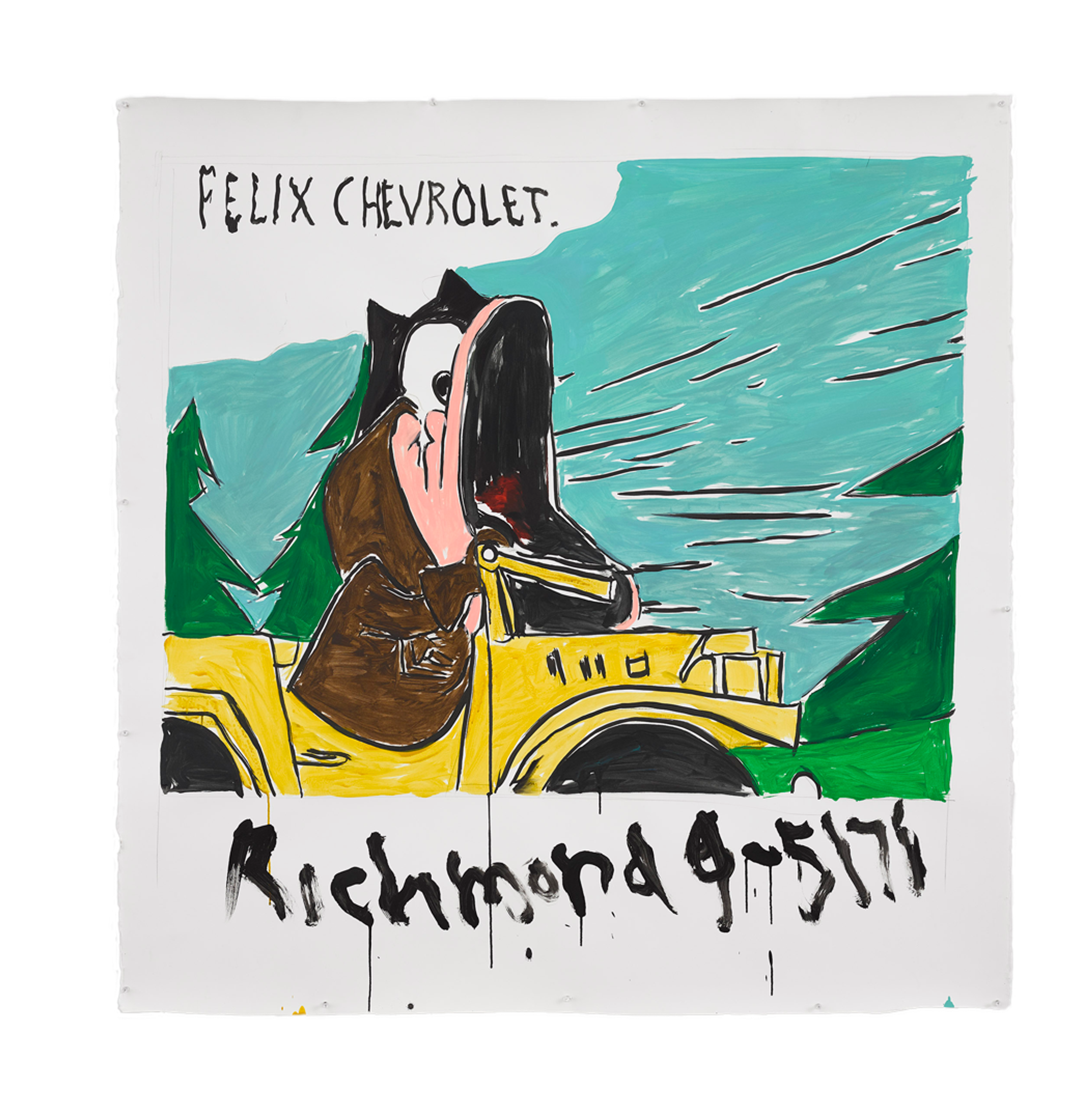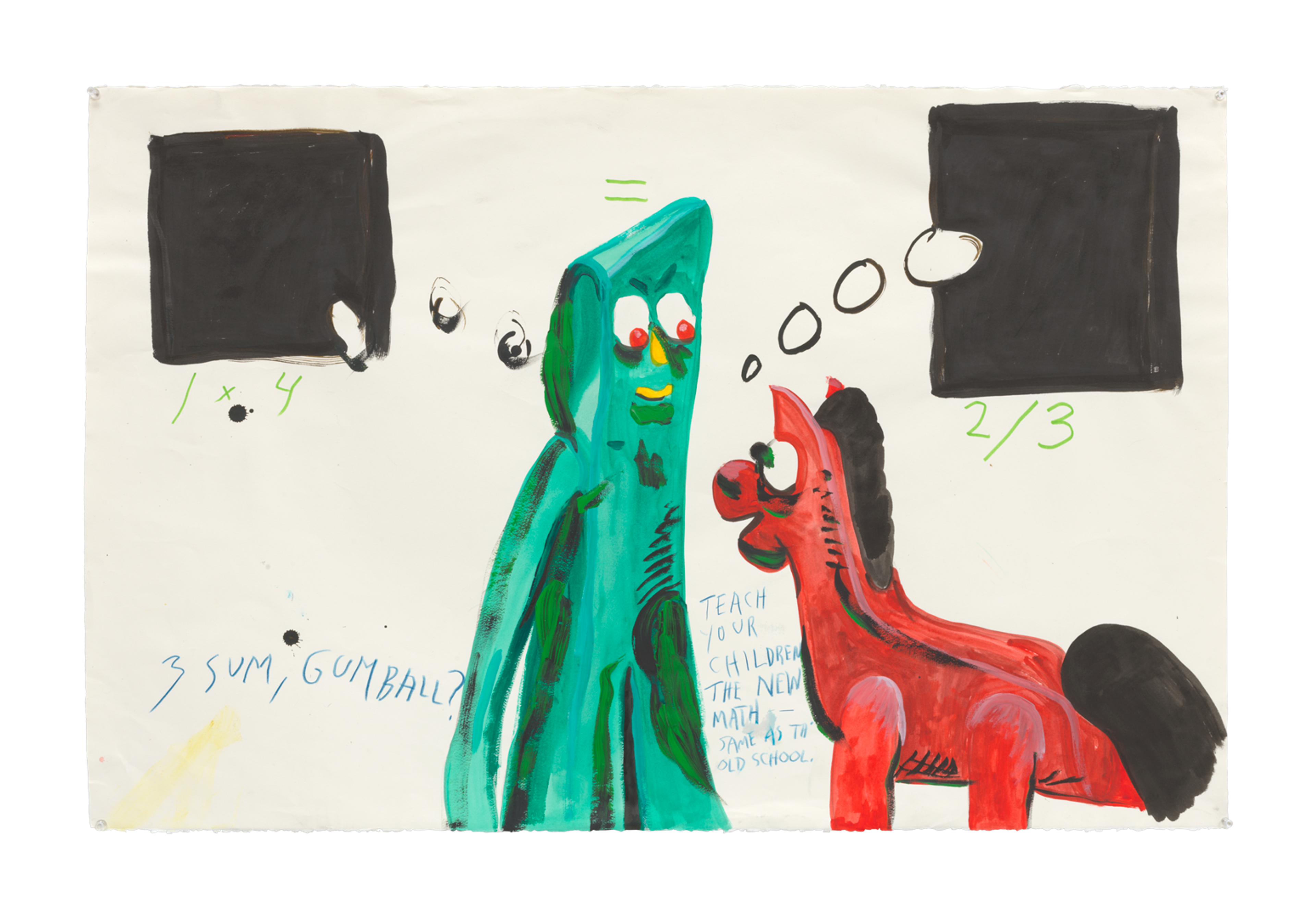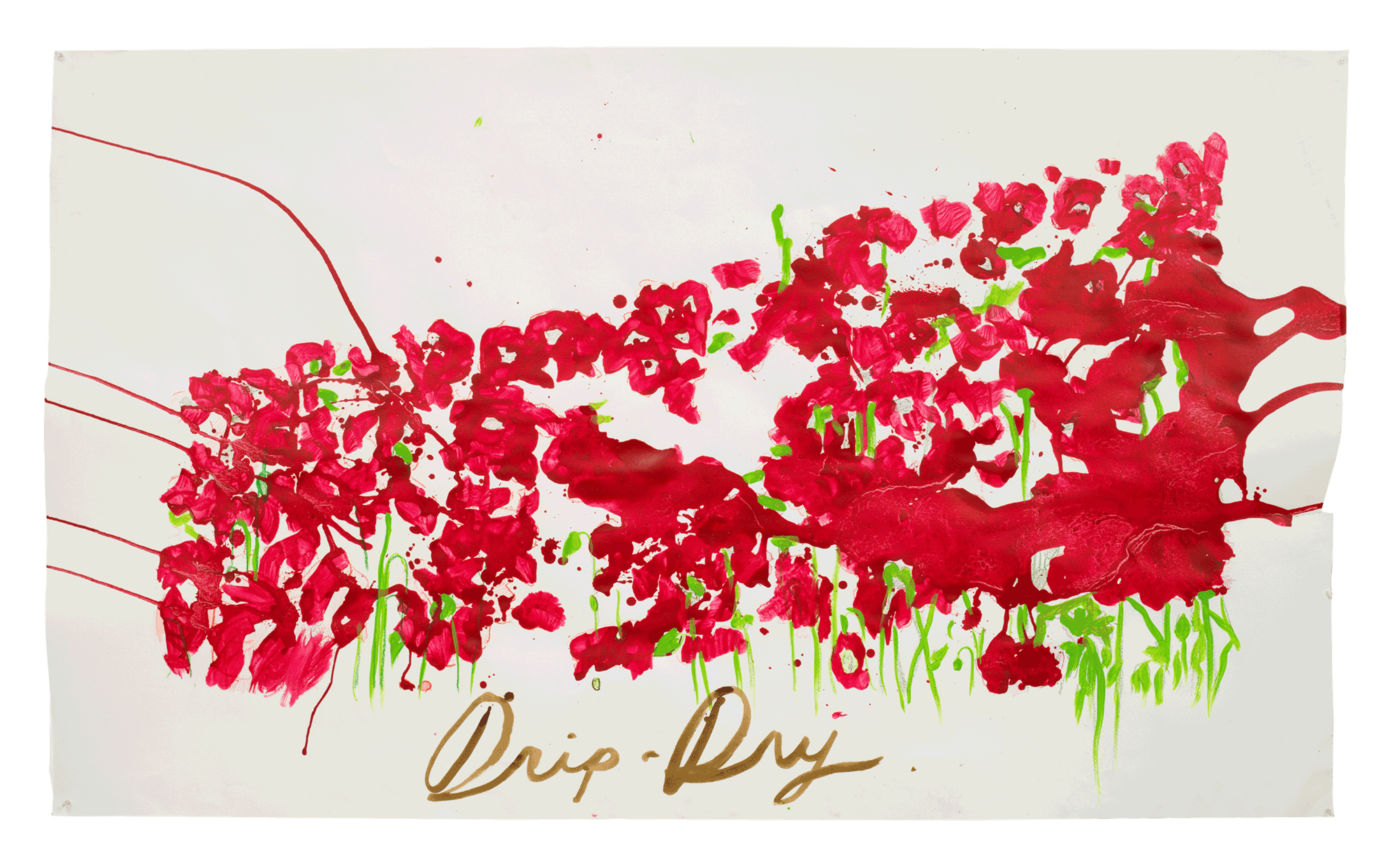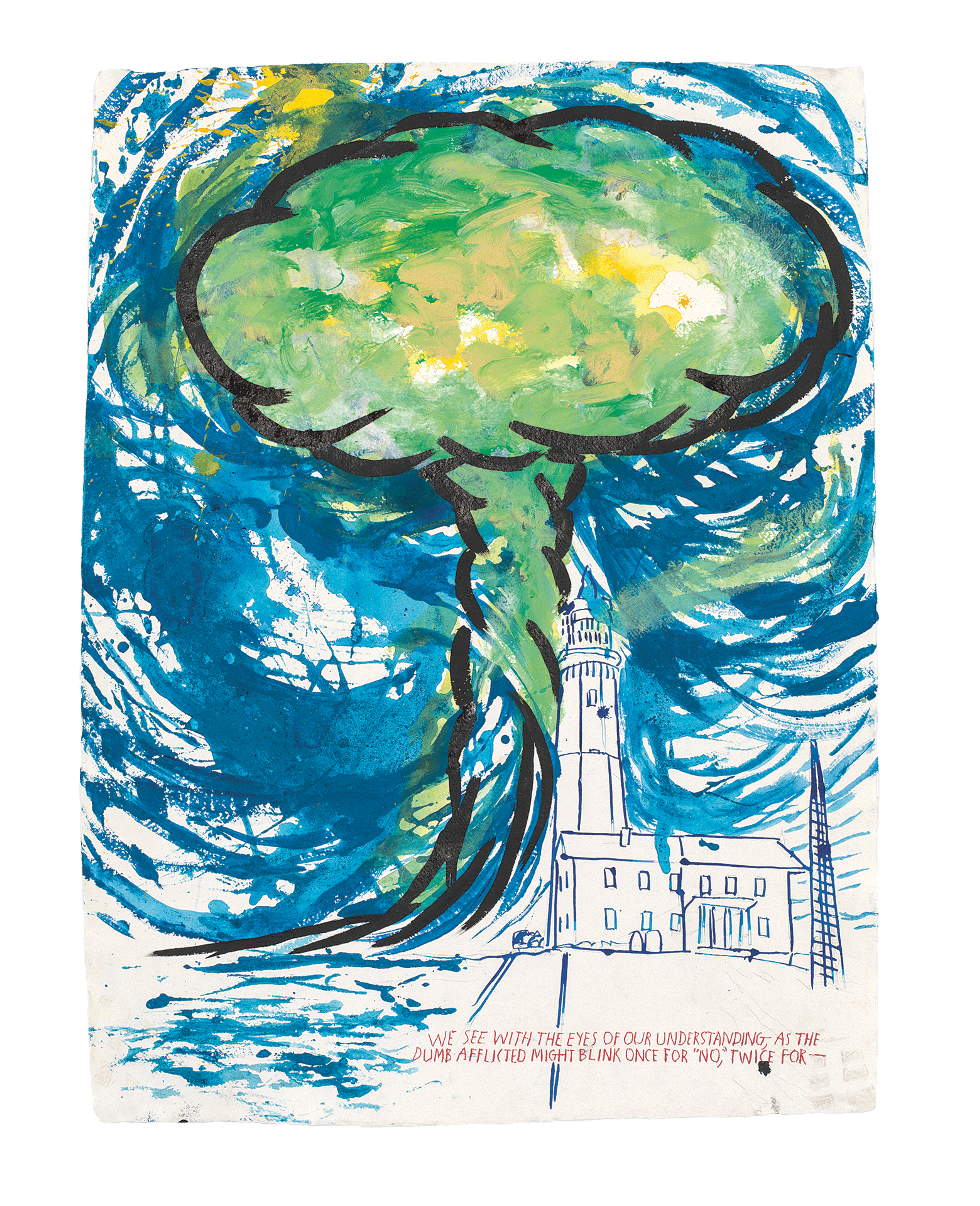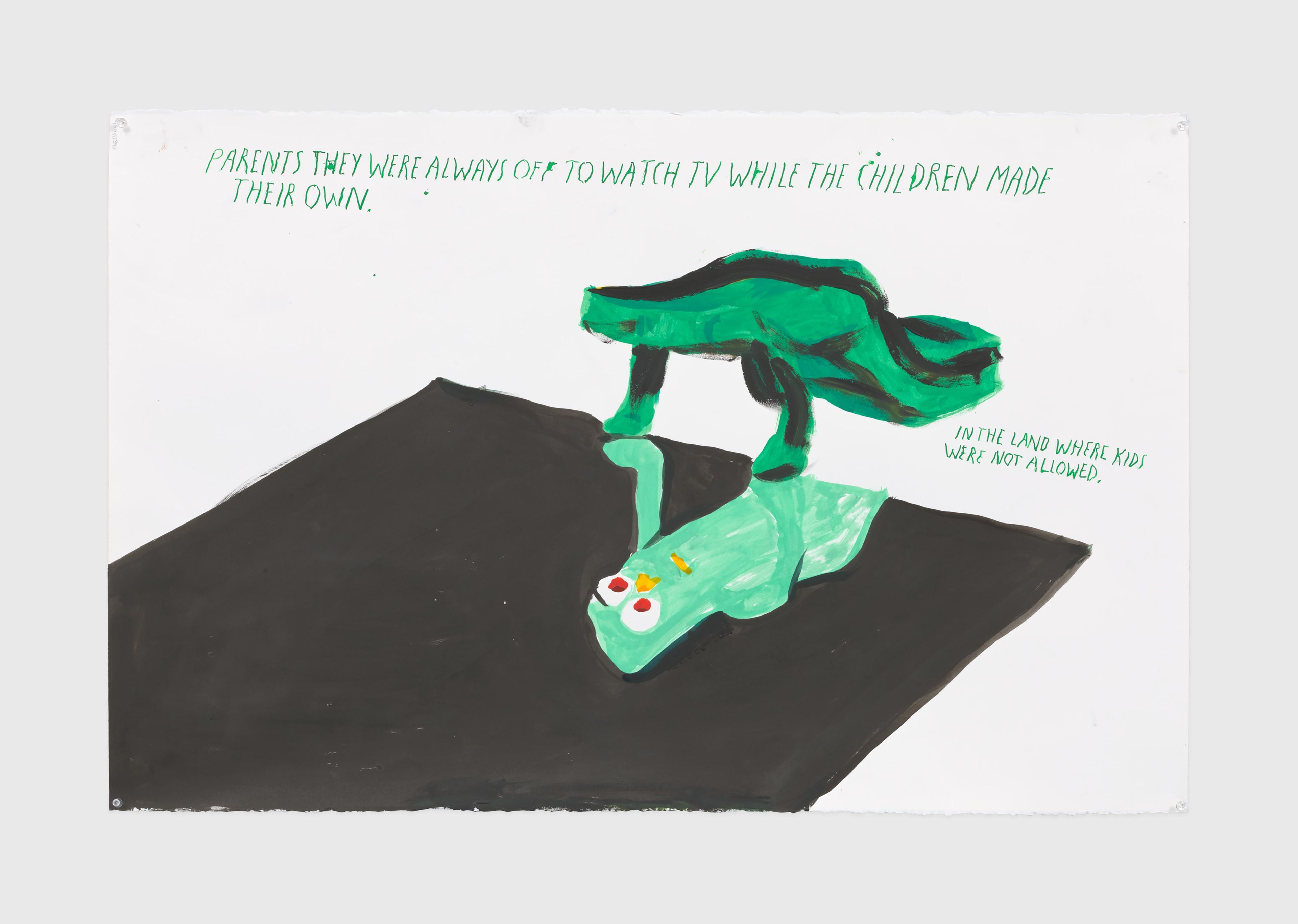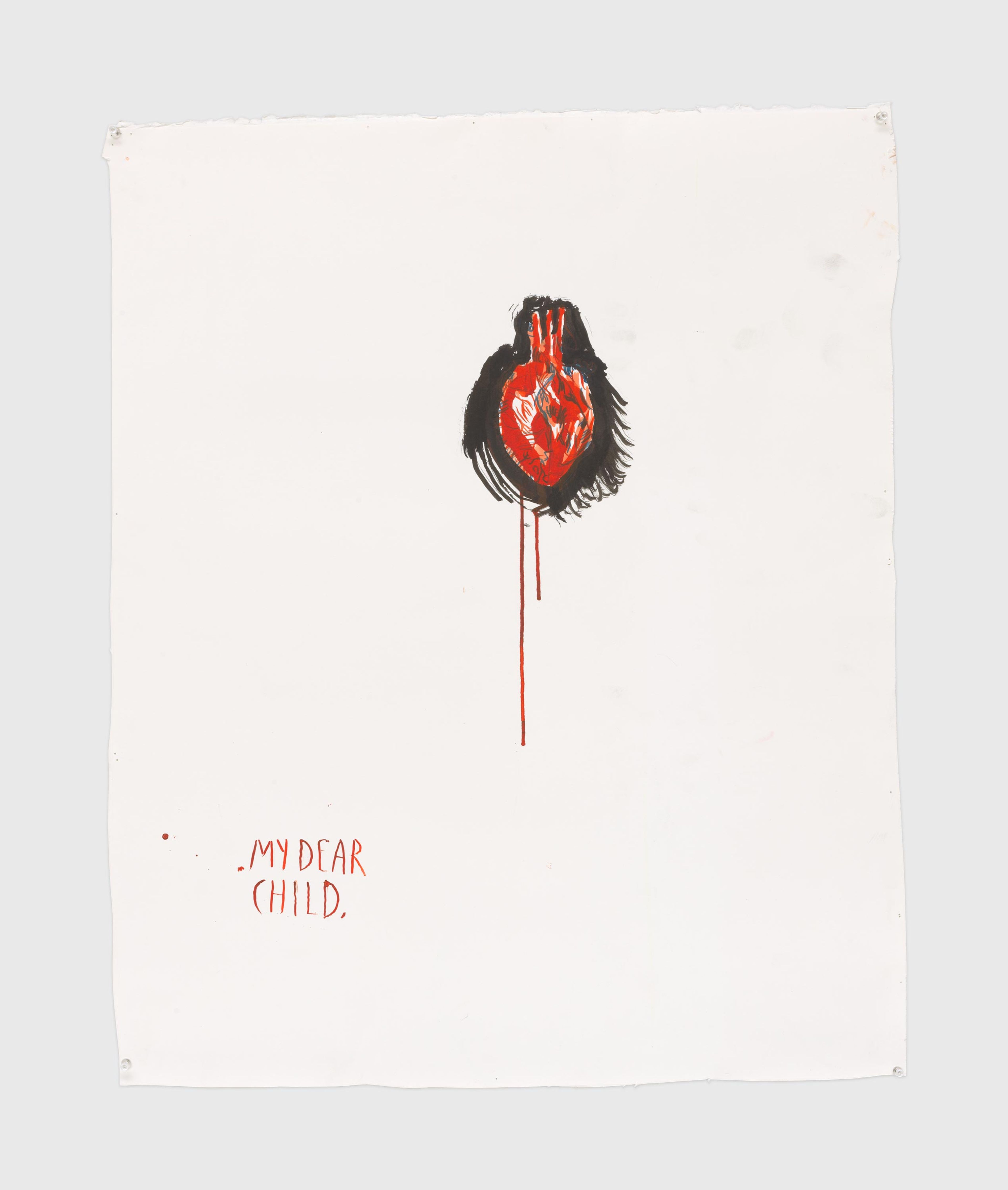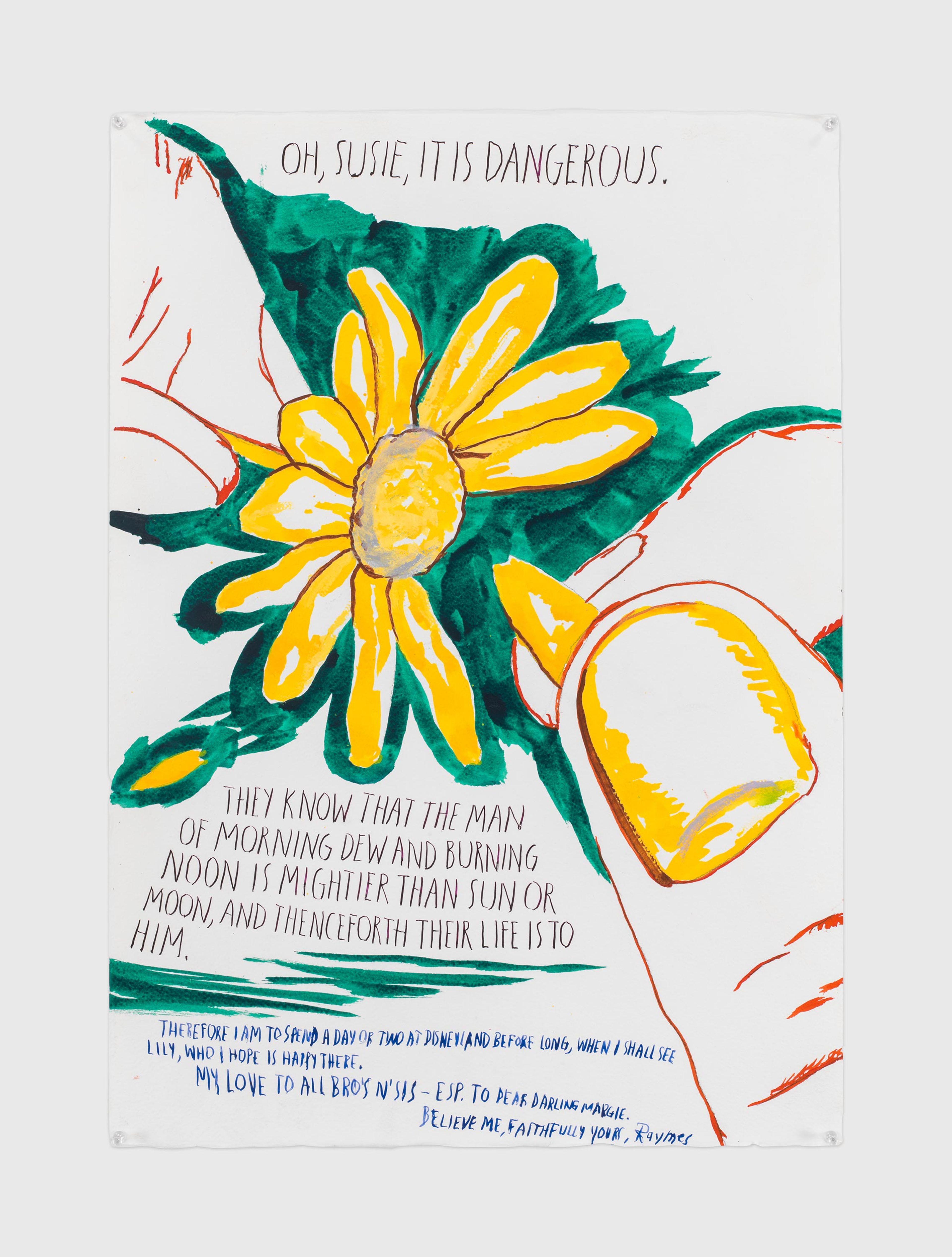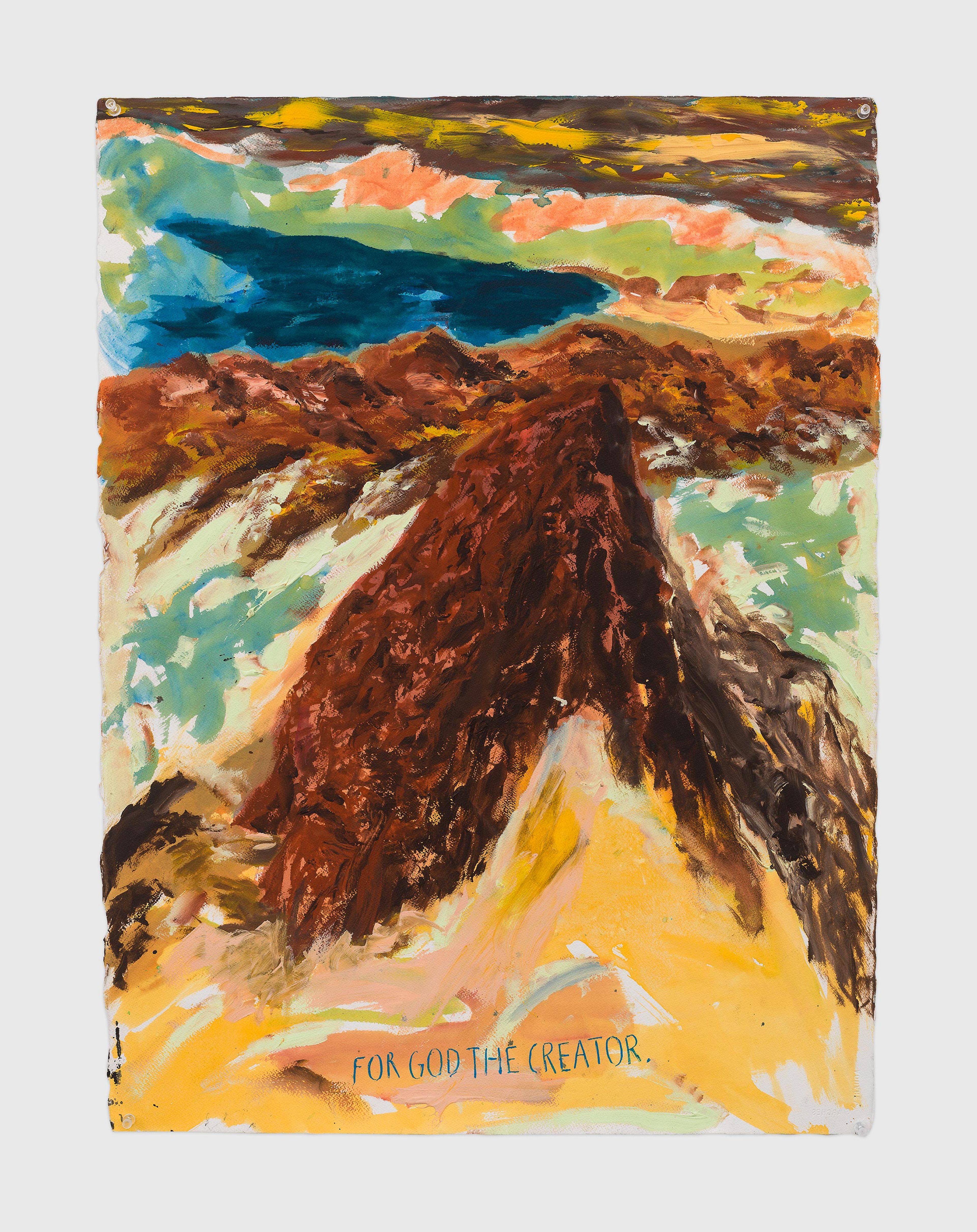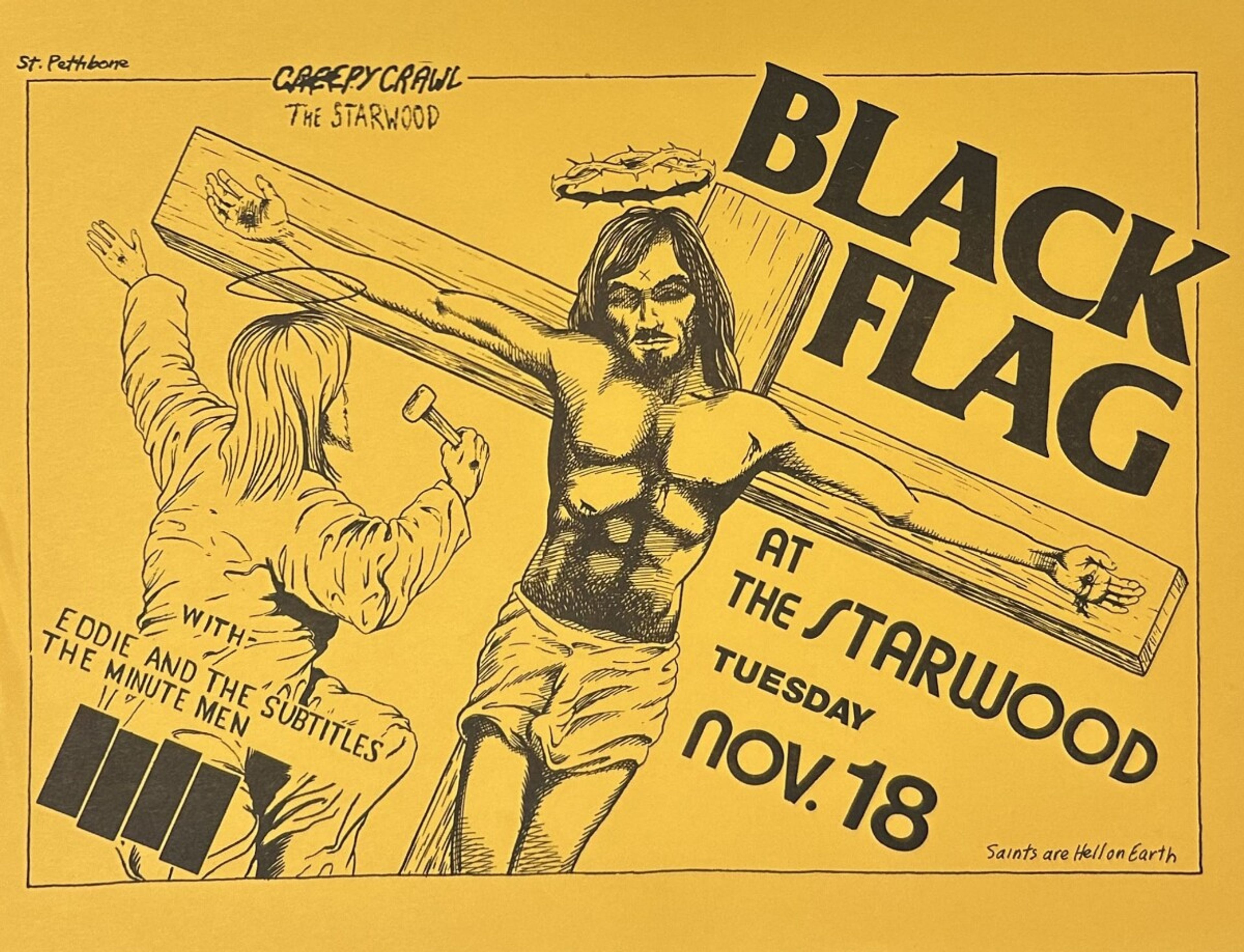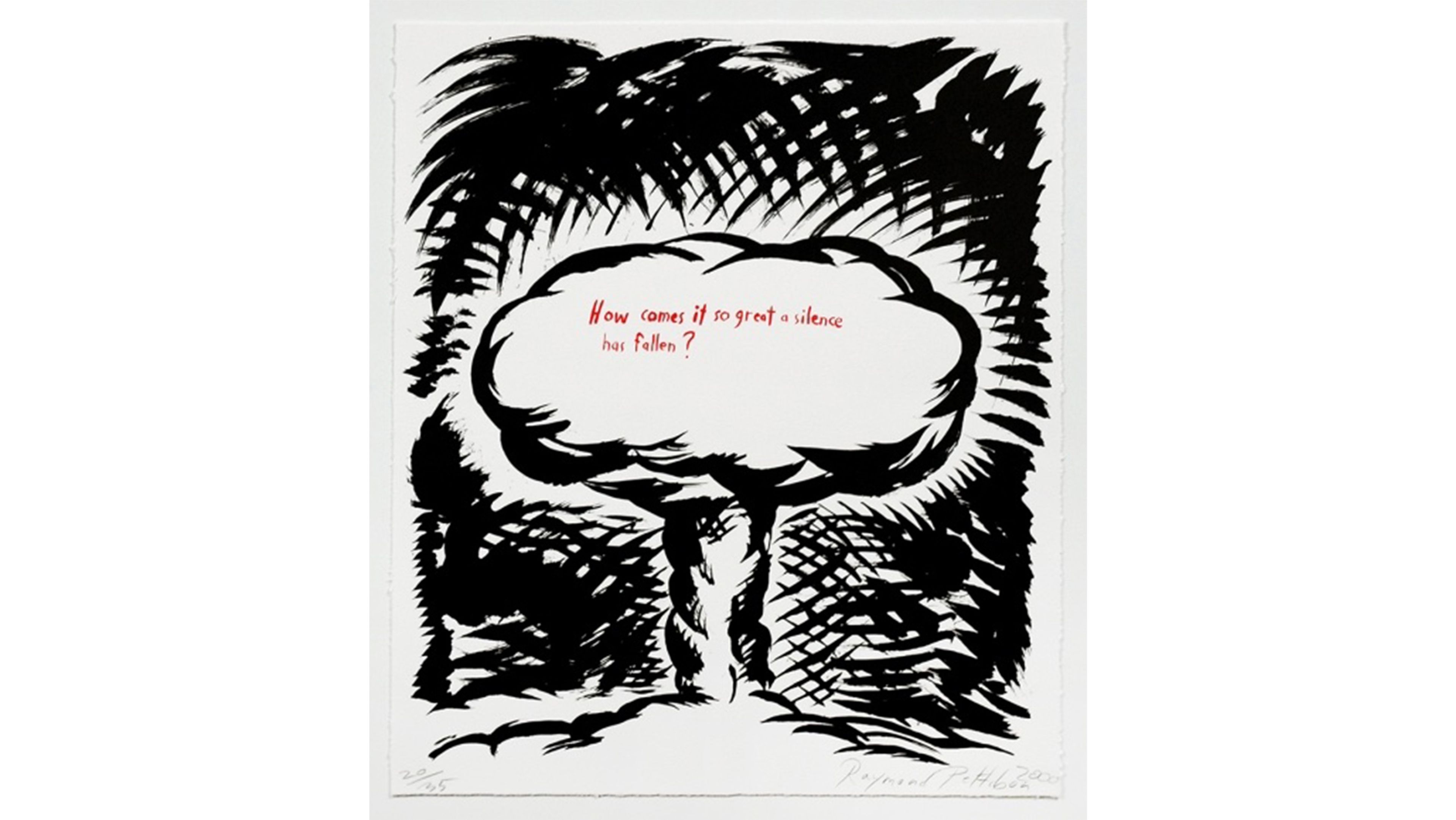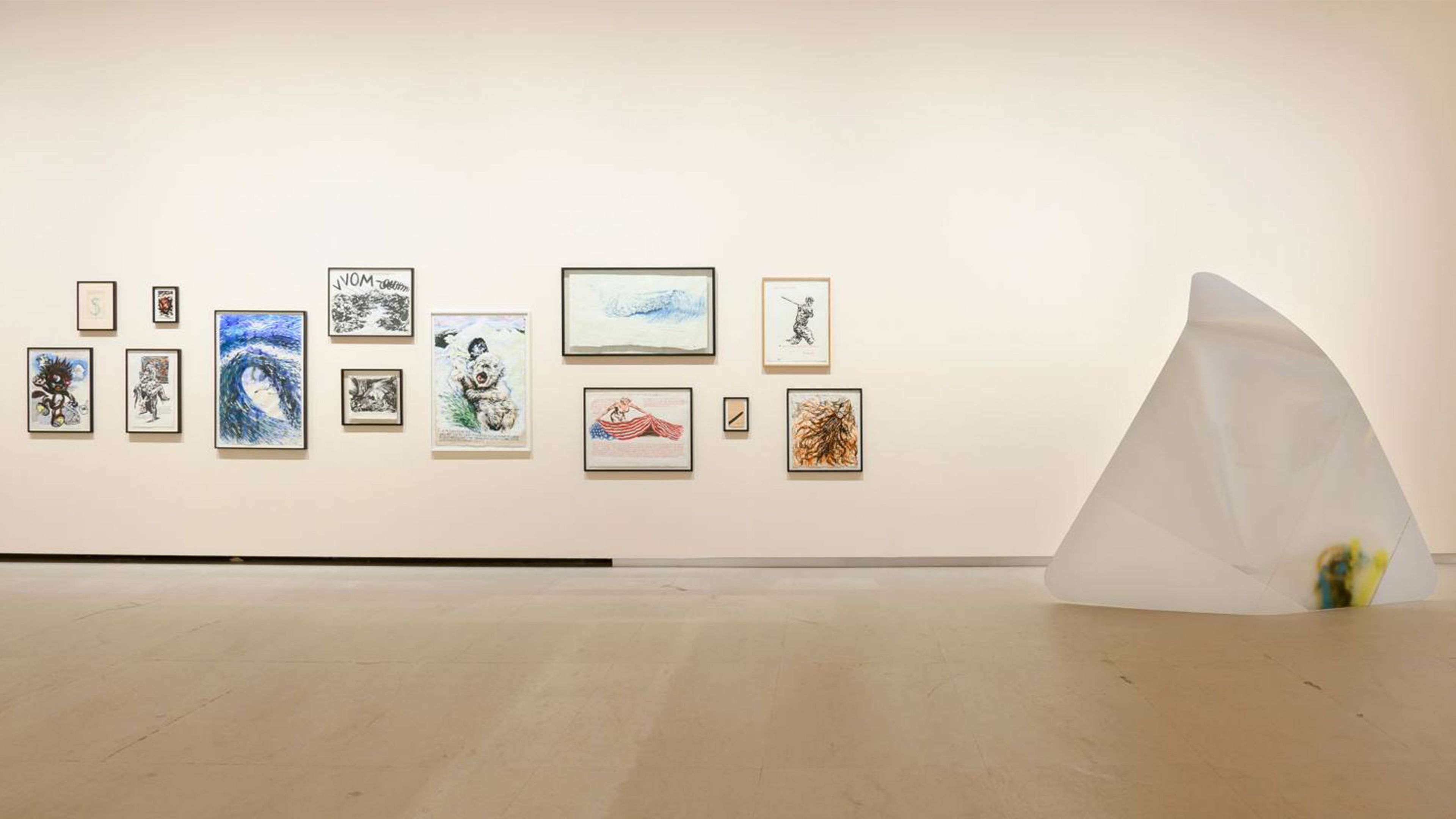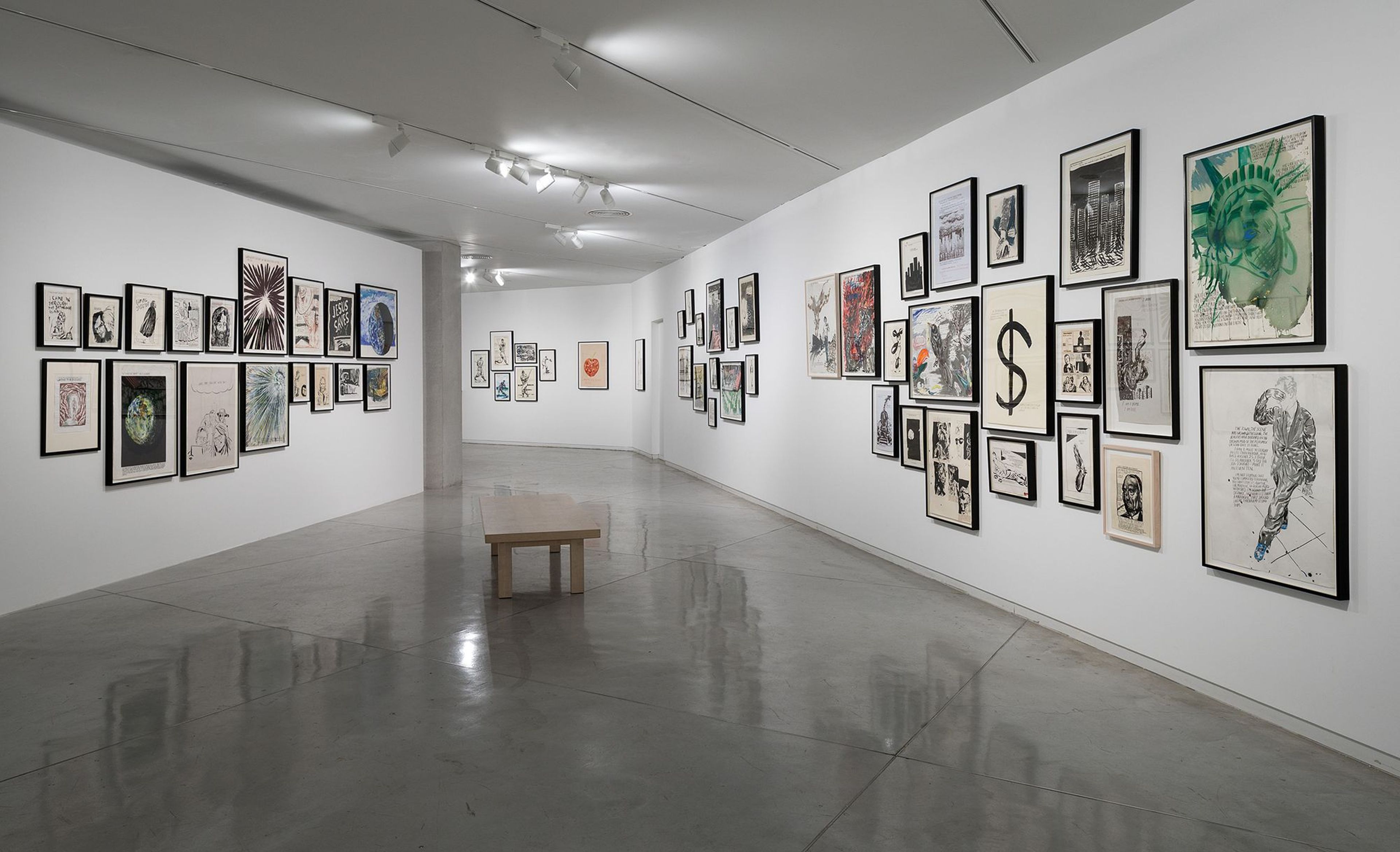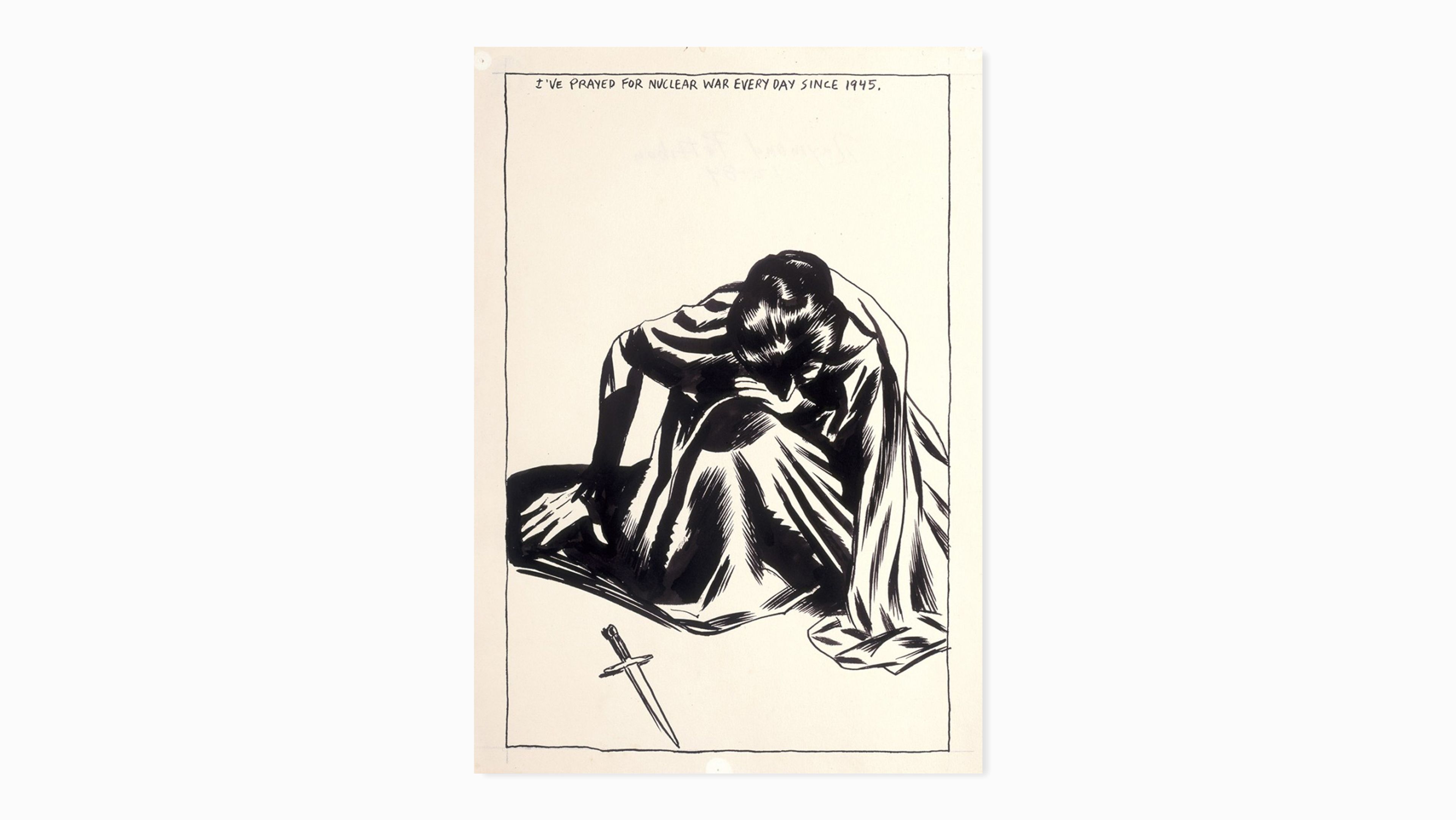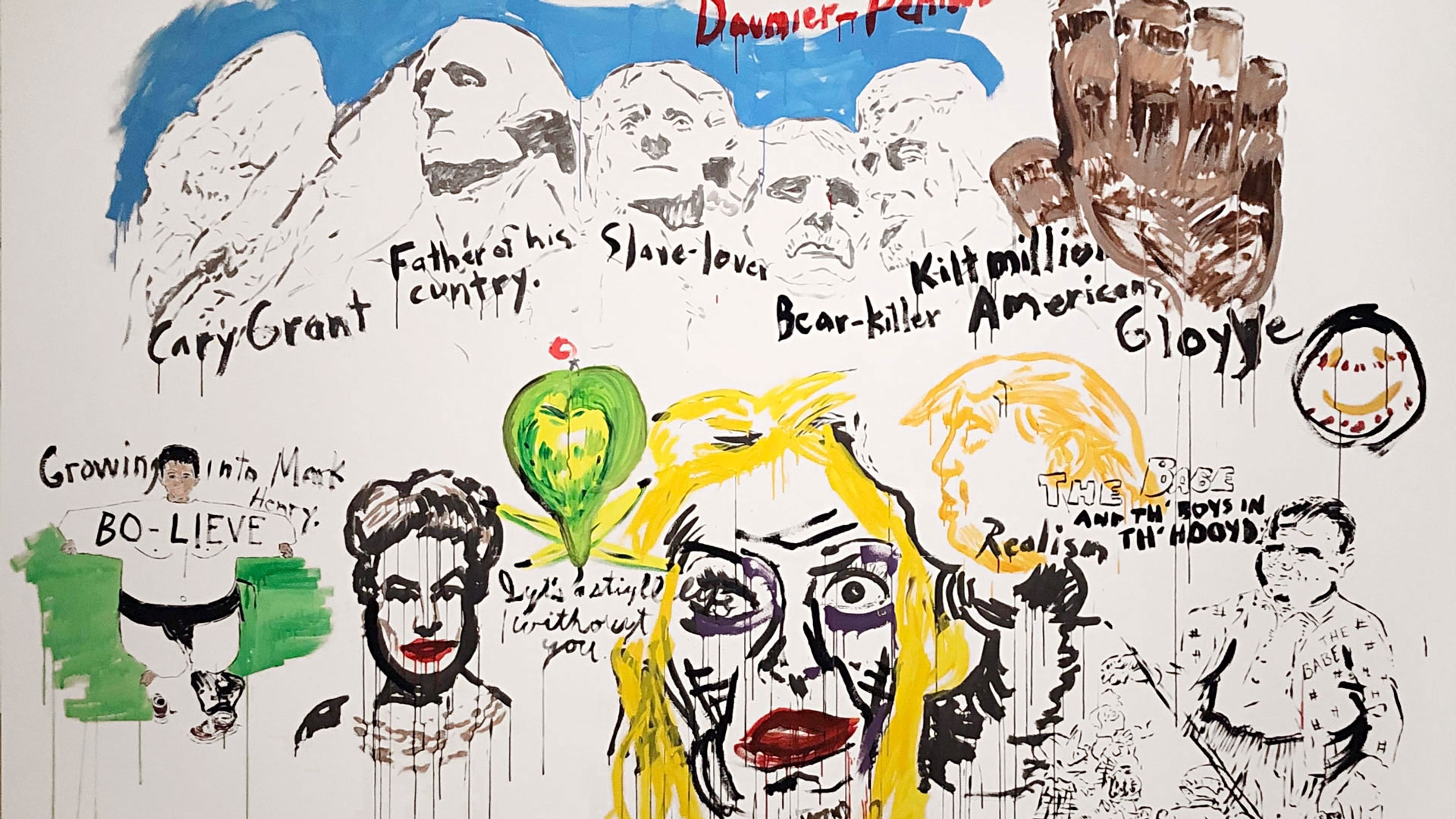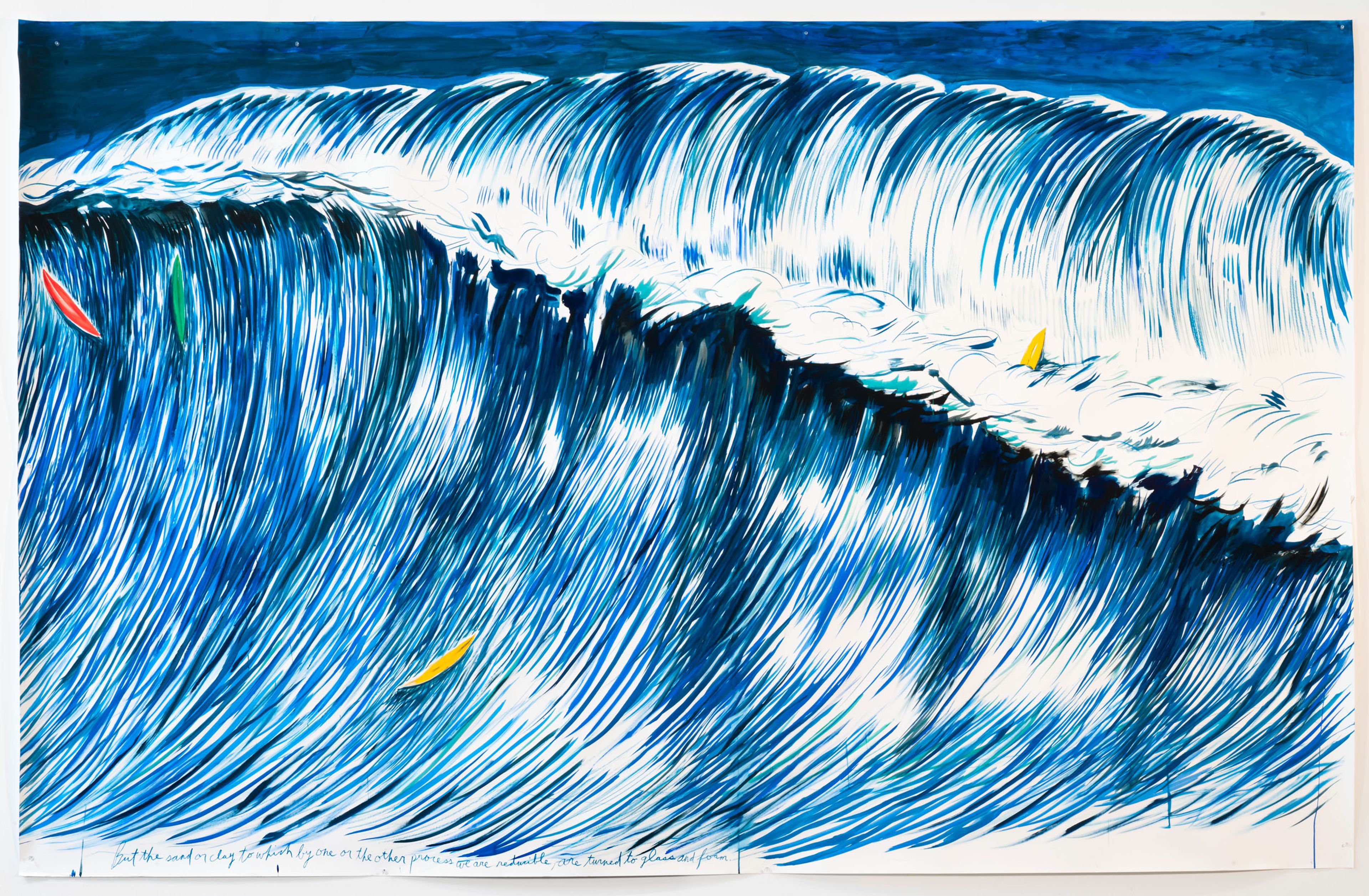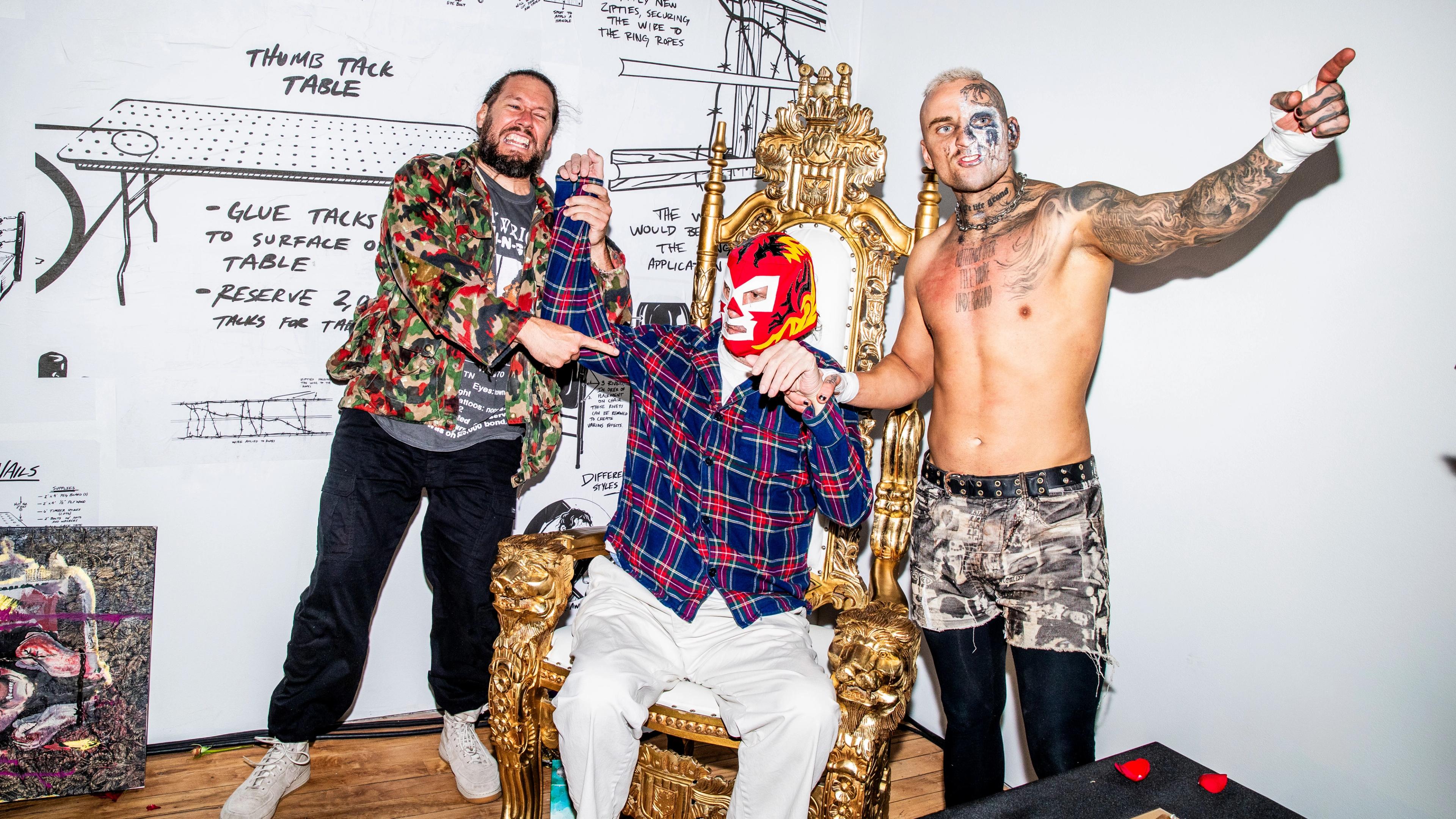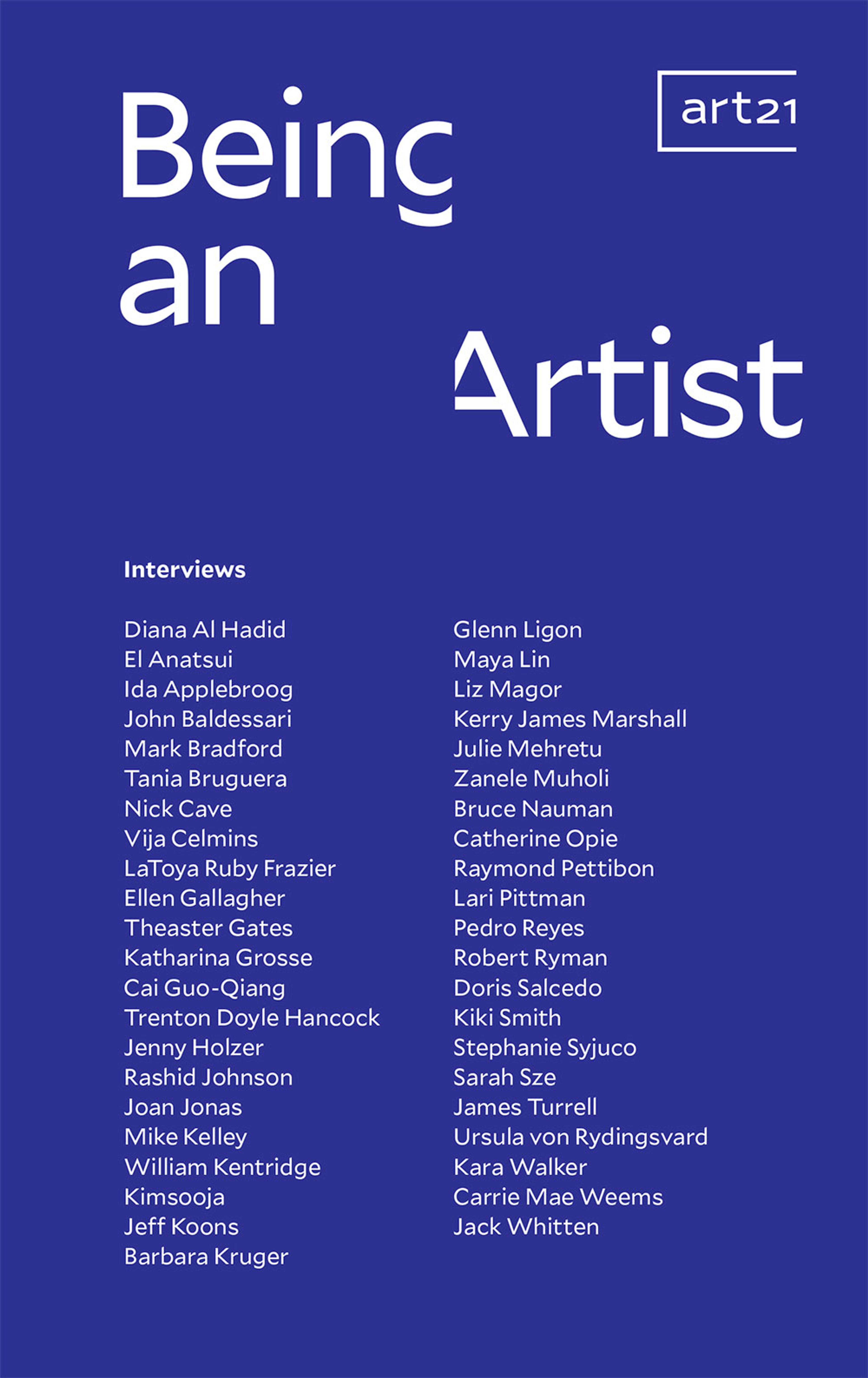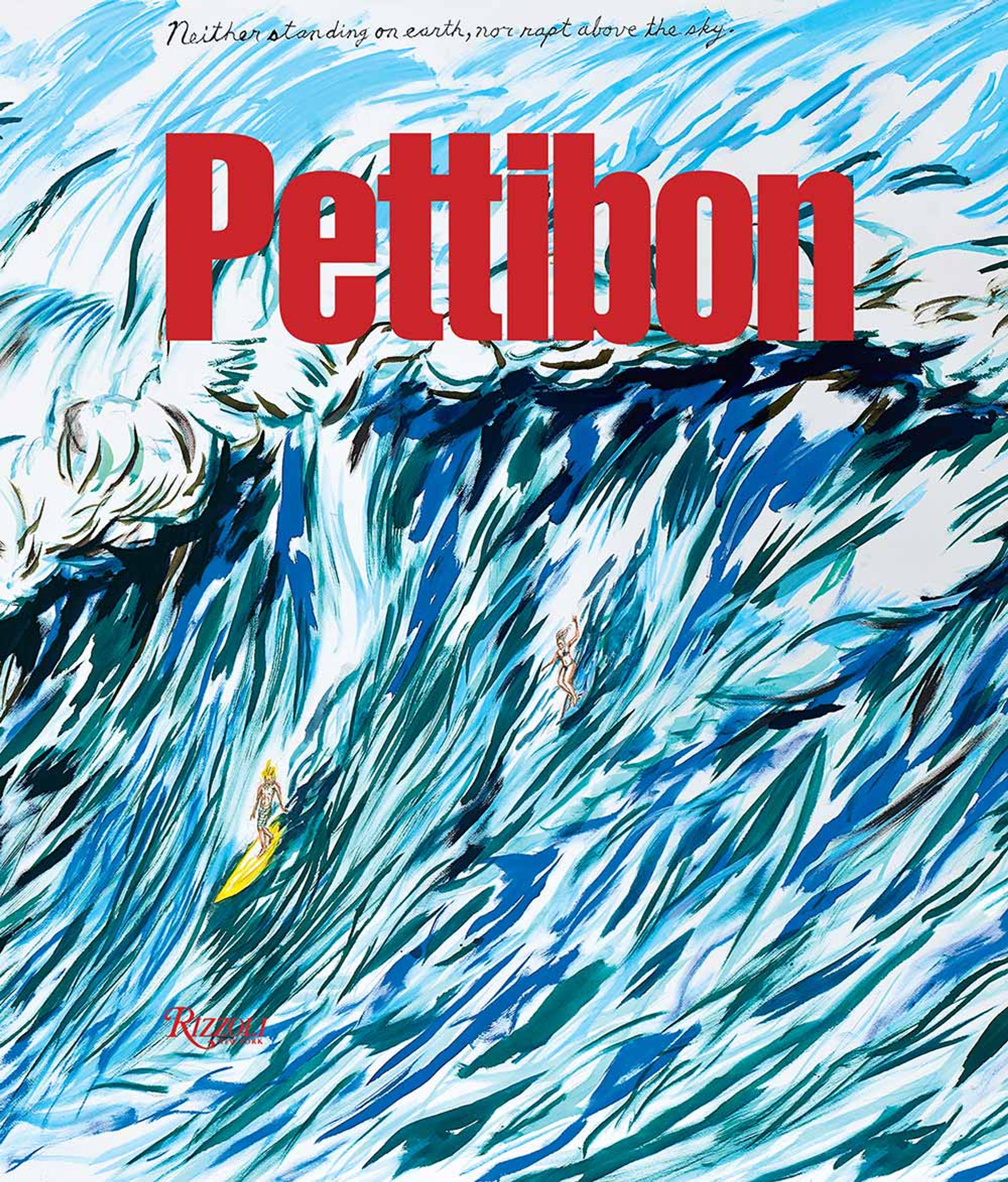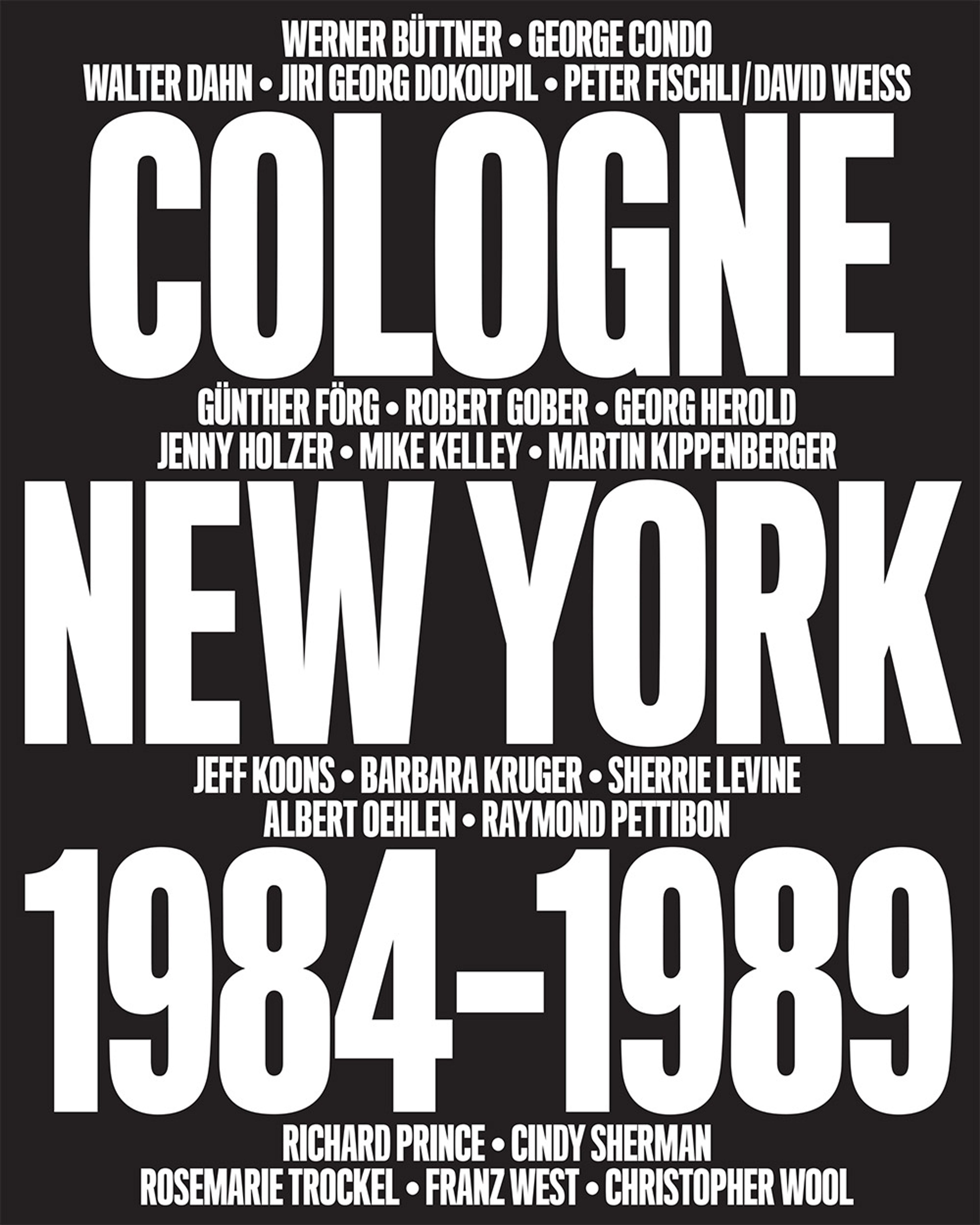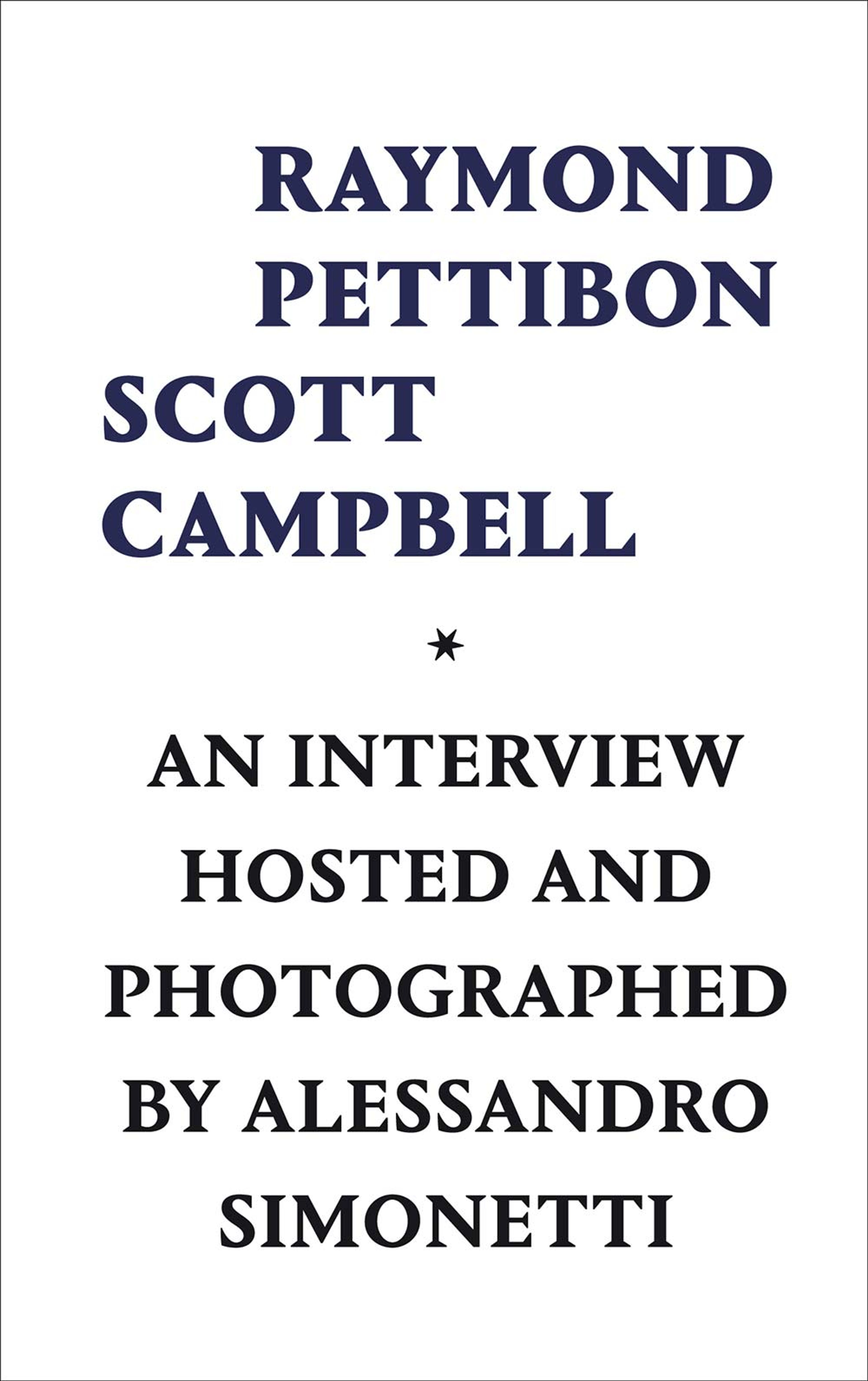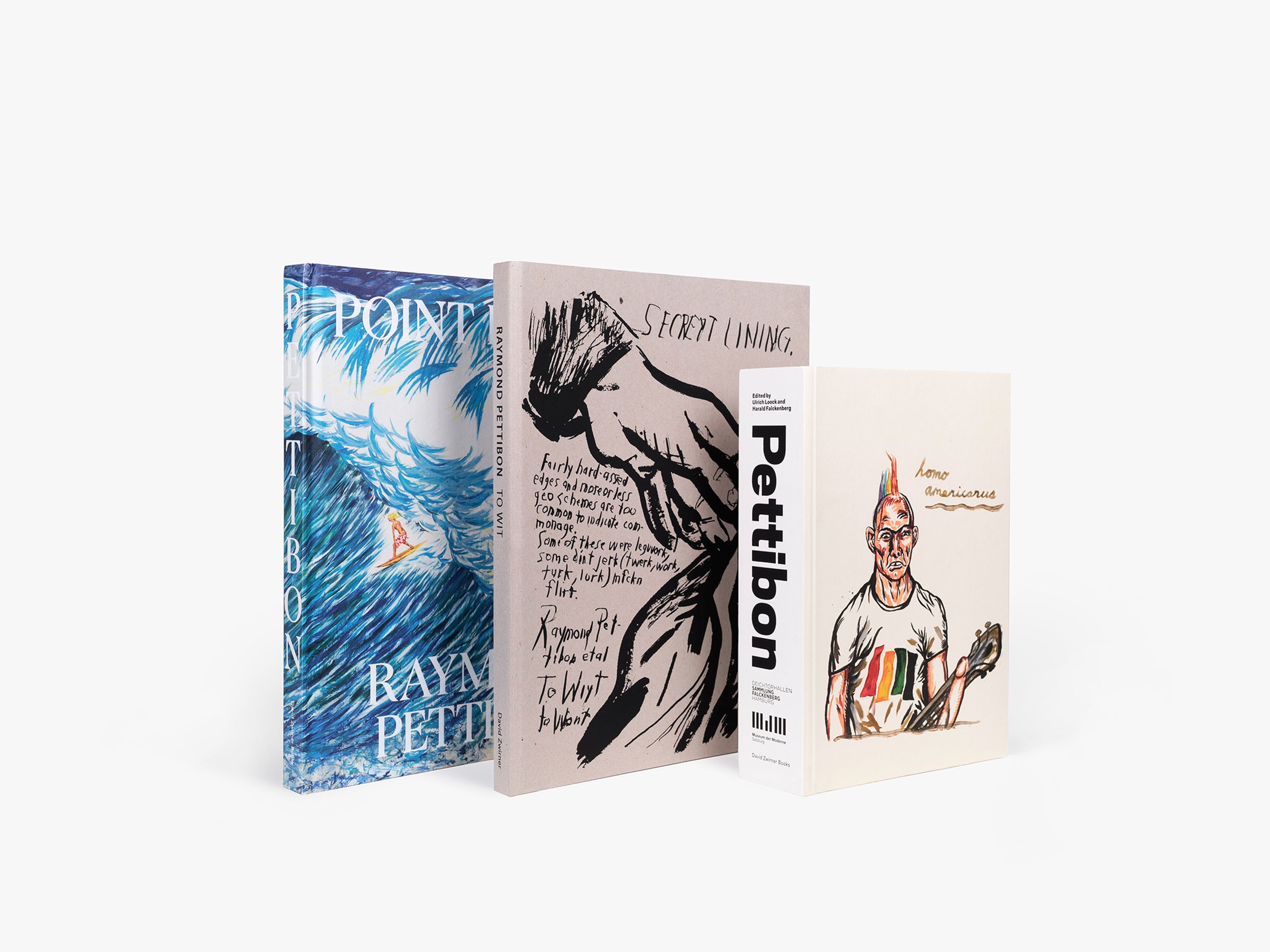Raymond Pettibon
Raymond Pettibon’s (b. 1957) influential oeuvre engages a wide spectrum of American iconography. Intermixing image and text, his drawings engage the visual rhetorics of pop and commercial culture while incorporating language from mass media as well as classic texts by writers such as William Blake, Marcel Proust, John Ruskin, and Walt Whitman.
Learn MoreSurvey
Available Artworks
Exhibitions

Explore Exhibitions
Artist News
Biography
Raymond Pettibon’s (b. 1957) influential oeuvre engages a wide spectrum of American iconography variously pulled from literature, art history, philosophy, religion, politics, sports, and alternative youth culture, among other sources. Intermixing image and text, his drawings engage the visual rhetorics of pop and commercial culture while incorporating language from mass media as well as classic texts by writers such as William Blake, Marcel Proust, John Ruskin, and Walt Whitman. Through his exploration of the visual and critical potential of drawing, Pettibon’s practice harkens back to the traditions of satire and social critique in the work of eighteenth- and nineteenth-century artists and caricaturists such as William Hogarth, Gustave Doré, and Honoré Daumier, while reinforcing the importance of the medium within contemporary art and culture today.
Born in Tucson, Arizona, Pettibon graduated with a degree in economics from the University of California, Los Angeles, in 1977. He joined David Zwirner in 1995. In 2016, the gallery held two exhibitions in New York and London dedicated to the collaborative works by Pettibon and Marcel Dzama. In 2019, Frenchette, which was on view in Paris, marked the artist’s eleventh solo exhibition with David Zwirner. A special exhibition of works by Pettibon, 52W HARDWAY, was presented in 2025 at the gallery’s 52 Walker space in New York, featuring live wrestling matches and artistic collaborations by key figures in the wrestling community.
Pettibon’s work is currently on view in the solo presentation, Underground, at the Musée Picasso, Paris, until March 2026. In 2019, the artist was the subject of a solo exhibition at the Tel Aviv Museum of Art. Daumier – Pettibon, a significant presentation of Pettibon’s art paired with the work of the renowned nineteenth-century French caricaturist, printmaker, sculptor, and painter, was presented at the Kunst Museum Winterthur, Switzerland, in 2019.
A Pen of All Work, a major solo exhibition of Pettibon’s work featuring more than seven hundred drawings from the 1960s to the present, was on view in 2017 at the New Museum, marking the artist’s first museum survey in New York. The largest presentation of his work to date, the exhibition traveled to the Bonnefantenmuseum Maastricht, The Netherlands, and a version of the show was presented at the Garage Museum of Contemporary Art, Moscow, entitled The Cloud of Misreading.
In 2016, the Deichtorhallen Hamburg – Sammlung Falckenberg in Hamburg presented Homo Americanus, a significant museum survey of Pettibon’s work, encompassing over six hundred works from every part of the artist’s career, the majority of which had never been shown before. The exhibition traveled to the Museum der Moderne Salzburg.
Pettibon’s work has been exhibited widely throughout the United States and abroad. In 2013, he reworked a drawing from 2010 that was featured as the tenth installation of the High Line Billboard in New York. Prominent venues that have held solo exhibitions of the artist’s work include the Kumu Kunstimuuseum, Tallinn, Estonia (2015); Kunstmuseum Luzern, Lucerne, Switzerland (2012); Kestner Gesellschaft, Hannover (2007); Kunsthalle Wien, Vienna (2006); Centro de Arte Contemporáneo de Málaga, Spain (2006); Museum of Contemporary Art San Diego (2005); and the Whitney Museum of American Art, New York (2005). In 1998, he had his first American museum presentation, organized by The Renaissance Society at the University of Chicago in collaboration with the Philadelphia Museum of Art, which traveled to The Drawing Center, New York, and the Museum of Contemporary Art, Los Angeles.
The artist has participated in a number of recent group exhibitions worldwide, including Copy Machine Manifestos: Artists Who Make Zines, Brooklyn Museum, New York (2023); Never Again. Art against War and Fascism in the 20th and 21st centuries, Museum of Modern Art, Warsaw (2019); Everything Is Connected: Art and Conspiracy, The Met Breuer, New York (2018); Doublethink: Double vision, Pera Museum, Istanbul (2017); PUNK. Its Traces in Contemporary Art, Museu d’Art Contemporani de Barcelona (MACBA), Barcelona (2016); A History. Art, architecture, design from the 1980s until today, Centre Pompidou, Paris (2014); and This Will Have Been: Art, Love & Politics in the 1980s, Museum of Contemporary Art Chicago, which traveled to Walker Art Center, Minneapolis, and Institute of Contemporary Art, Boston.
Additionally, Pettibon has been a part of the Istanbul Biennial (2011); Liverpool Biennial (2010); SITE Santa Fe, New Mexico (2010 and 2004); Venice Biennale (2007 and 1999); Whitney Biennial, Whitney Museum of American Art, New York (2004, 1997, 1993, and 1991); and Documenta 11, Kassel, Germany (2002).
Museum collections that hold works by the artist include the Baltimore Museum of Art; Centre Pompidou, Paris; Hamburger Bahnhof – Museum für Gegenwart, Berlin; Institute of Contemporary Art, Miami; The Israel Museum, Jerusalem; Los Angeles County Museum of Art; Moderna Museet, Stockholm; Museo Nacional Centro de Arte Reina Sofía, Madrid; The Museum of Modern Art, New York; San Francisco Museum of Modern Art; Tate, United Kingdom; Walker Art Center, Minneapolis; and the Whitney Museum of American Art, New York. Pettibon lives and works in New York.
Selected Press
Selected Titles

Request more information
